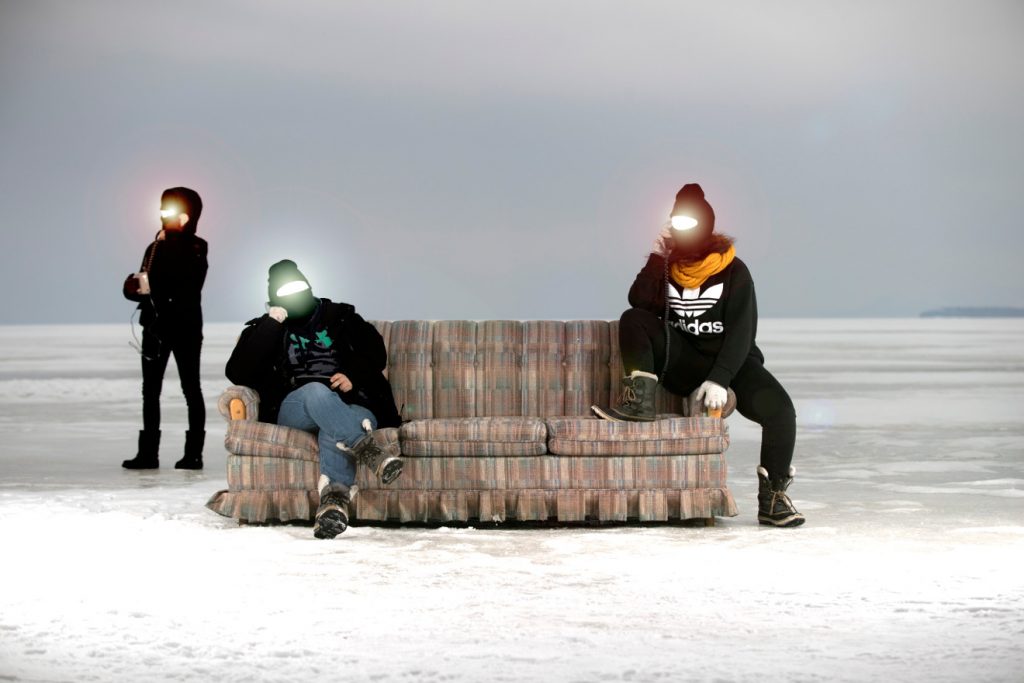Blog
Asking for help as a new world |The Hologram feminist, peer-to-peer health

This week I join the second gathering of the CreaTures project (Creative Practices for Transformational Futures).
We are ecstatic at Furtherfield to be artistic partners in this 3-year programme as it puts us in collaboration with fantastic artists and researchers from around the world who focus on the role of creative practices in moving the world towards socio-ecological sustainability. Our role is to produce two large scale artworks as the subject of enquiry about how to support social practices that seek to be transformative. They are The Hologram by Cassie Thornton and The Treaty by Cade Diehm and myself (in collaboration with a load of other people).
If you want to learn more about the CreaTures partners, people and projects involved check out this link. On Tuesday, I will have the pleasure of talking to the CreaTures team about the second Hologram Course and thought that some of you might find it interesting too.
If you prefer to learn straight from the horse’s mouth, buy the Hologram book. I find it an enjoyable read full of inspiration and insights into ways to resist the kinds of network cultures (and the ideas about what constitutes politics and care) that are fed to us by and about social media platforms.
A bit of background. Furtherfield hosted Cassie in a residency Feb-May this year. The idea was to provide space and support to develop the format for a concept she had been working on for a couple of years inspired by solidarity clinics and integrative health-care systems in the Greek islands during the 2015 migrant emergency in Greece. The Hologram is an artwork and a peer to peer feminist healthcare system that is openly anti-capitalist. Her residency ended up being wrapped in the pandemic, and so she moved presentations, workshops and the first course that she developed with Lita Wallis, online. This is all in the book.
As part of CreaTures, she is now running the second course called ‘We must begin again: Asking for help as a new world‘. And it is this that I wanted to share some experiences and thoughts about. First, I need to say a bit more about how the Hologram works.
Someone (called the hologram) asks 3 people if they would agree to join them in a regular conversation about their wellbeing. It is a long-term commitment.
These people form a triangle around the hologram. Over time they build a multi-dimensional picture of the hologram’s wellbeing from 3 different perspectives: emotional, physical and social. They do this by becoming curious, listening, and learning how to ask useful questions. Cassie describes these people as the hologram’s medical records. In this way the hologram teaches the people in their triangle how to care for them – they are the experts of their own situation. The triangle helps the hologram to see patterns and find the support they need in many ways, including helping them with research into particular life-crises as they arise.
The community gathering around this project is creating an experimental space that is testing a variety of linguistic and bodywork techniques.
Like an inverse pyramid scheme – the value (knowledge, understanding, healthcare) sits with the person who is the hologram (in a reversal of professionalised healthcare) – there is no expectation of reciprocation. This is not a transaction; it is care. It is important that people in the triangle will also be holograms – so that the knowledge about collective healthcare can be shared. This is not a replacement for state-healthcare. It is, however, more necessary in some parts of the world (USA) than others – and the process so far has revealed just how stark are the interconnected problems of debt, racism, access to healthcare, housing. Also, most vivid – is the emerging crisis of complex trauma amongst professional healthcare workers themselves.
I’ll finish up by saying a few things about this second course:
1. We are working with the CreaTures team to approach the question of transformation in artworks (I’ll let you know how we get on with that).
2. We have a wonderful auto-ethnographic researcher who is taking the course, and keeping a journal of her experience of the course itself. This teaches us all a huge amount about what happens inside one participant.
3. We will be having conversations about the question of “audience” for this work – and I’m not yet sure what I will have to say about this. But there is something about a work that is co-created by its own audience – and any other audience is perhaps irrelevant.
4. This course which is run on Zoom, is built around group exercises on 4 very potent themes: Trust, Wishes, Time, Patterns. You can probably imagine just how potent this is in the context of pandemic futures.

Recent Comments